
by Leslie Allsop | Jul 22, 2024 | Filaments, Foam, Midge Flies, Nitrification, Past Webinars |
Wastewater Misconceptions Webinar by Tyler Benz, Chris Grove, and Dalton McGowan Clear up confusion for the best ways to make sure your plant is running the best it can! Take this chance to learn about misconceptions surrounding foaming, midge flies, and toxicity,...
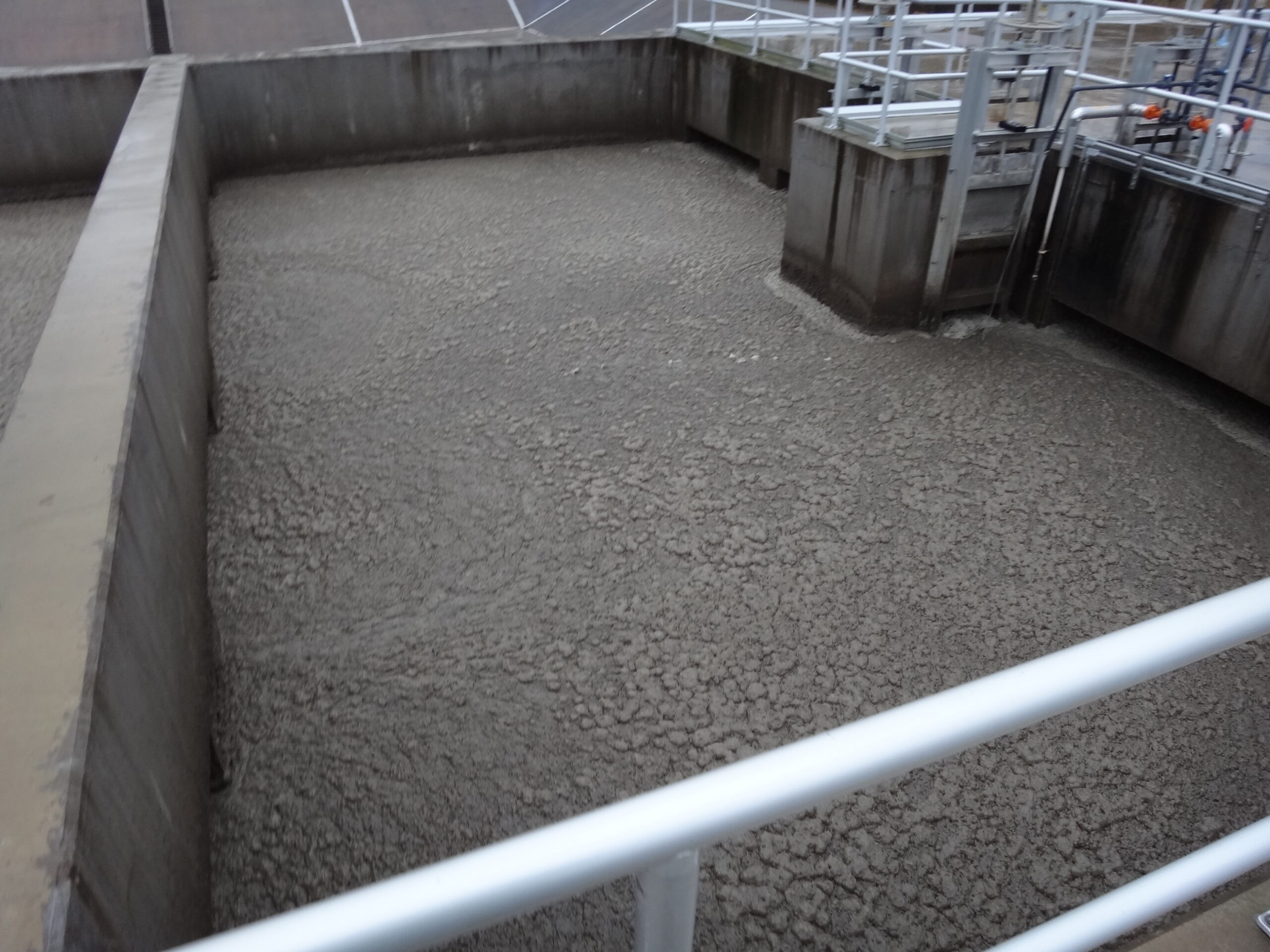
by Melissa John | Jan 17, 2024 | Filaments, Foam, Wastewater |
Filamentous Foaming 101 An overview the common causes of filamentous foaming. by Melissa John, Aquafix Research Scientist Foaming is a common problem in wastewater treatment and can occur in multiple processes (i.e., clarifier, aeration basin, aerobic digester) within...
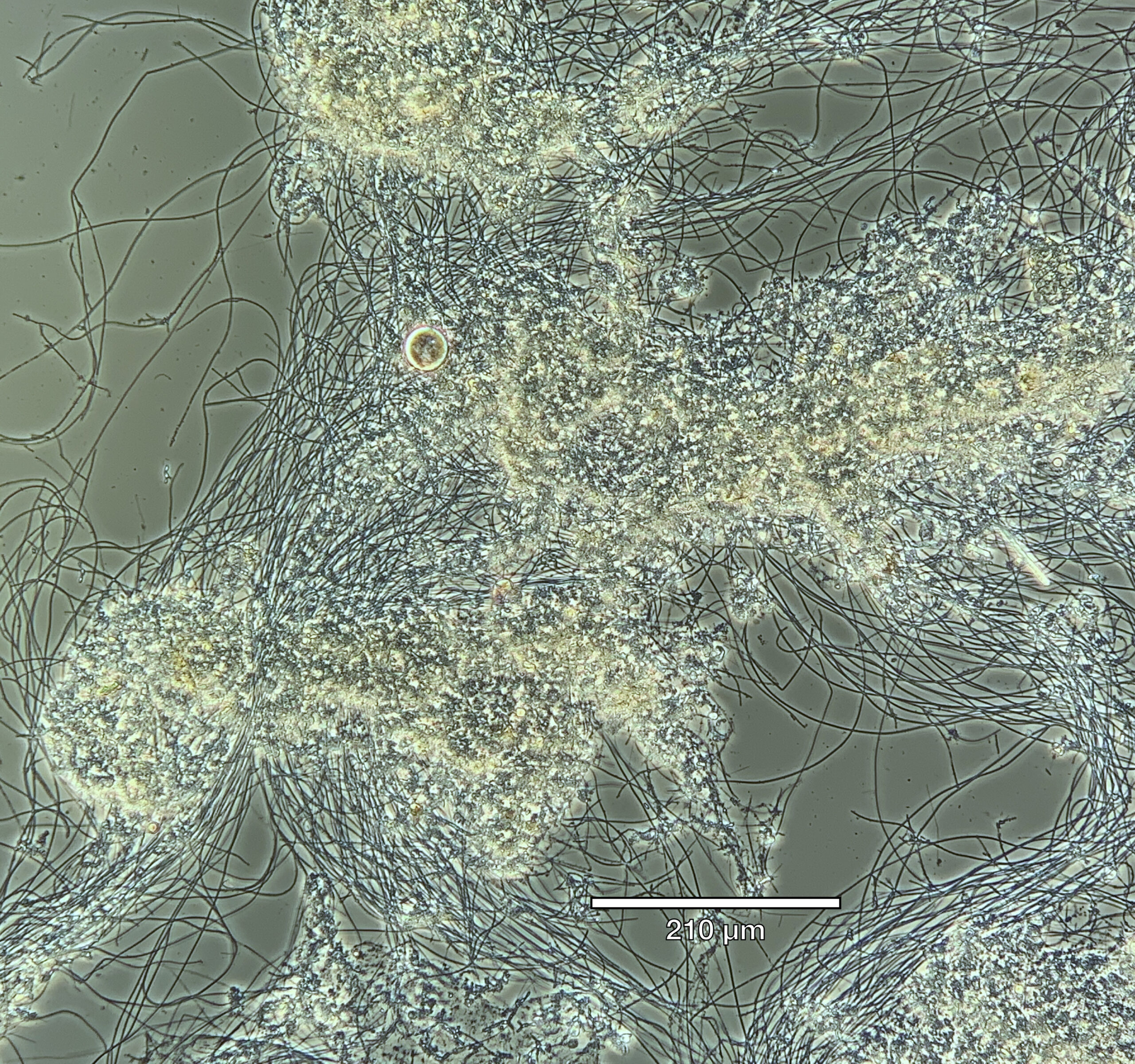
by Saylor Gilbert | Apr 12, 2023 | Filaments, Microorganism, Wastewater |
Filament Takeover ofIndustrial Manufacturer We were surprised to see the reason behind a plant’s bulking and settling issuesby Saylor Gilbert, Aquafix Research Scientist Mixed liquor sample from an industrial manufacturer showing Sphaerotilus natans/Type 1701...
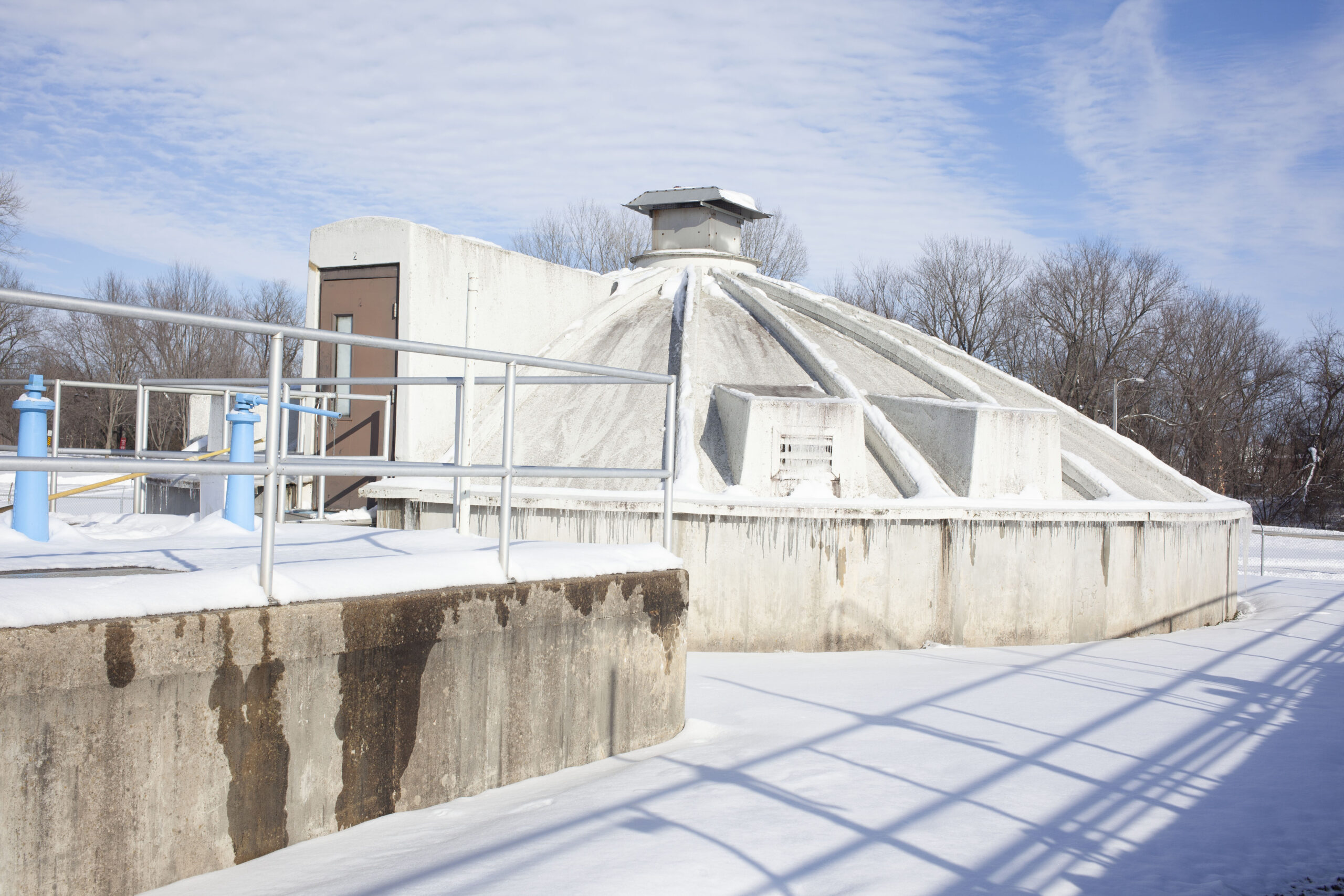
by Saylor Gilbert | Feb 8, 2023 | Filaments, Foam, Wastewater |
Common Wastewater Misconceptions by Saylor Gilbert, Aquafix Research Scientist With new knowledge, techniques, and technologies being researched and discovered, the wastewater treatment industry is constantly growing and requires an ever-evolving...

by Techical Expert 7 | Nov 22, 2022 | Filaments, Microorganism, Past Webinars |
Nocardioforms & Microthrix: Key Drivers & Control by Natalie Walton, Dan McKeaton and Chris Grove In this event, Aquafix Director of Wastewater Education, Dan McKeaton, and Technical Consultant, Chris Grove, will answer audience questions relating to...
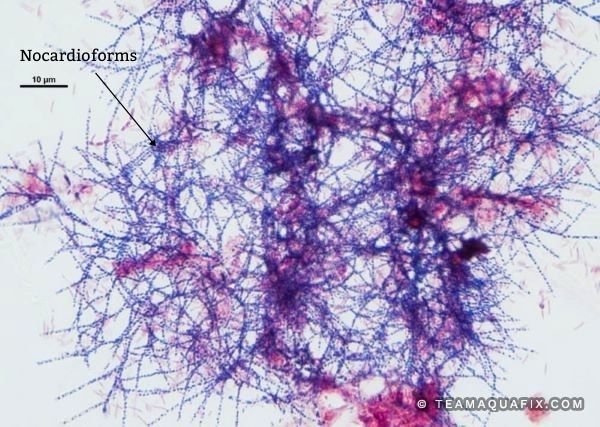
by Natalie Walton | Nov 14, 2022 | Filaments, Microorganism |
Nocardioforms vs Nocardia Like Organisms by Aquafix Microscopist, Natalie Walton. We like to stay up to date with what is going on in wastewater microbiology. During one of our research projects, we discovered that “Nocardioforms” is an outdated term. When the...
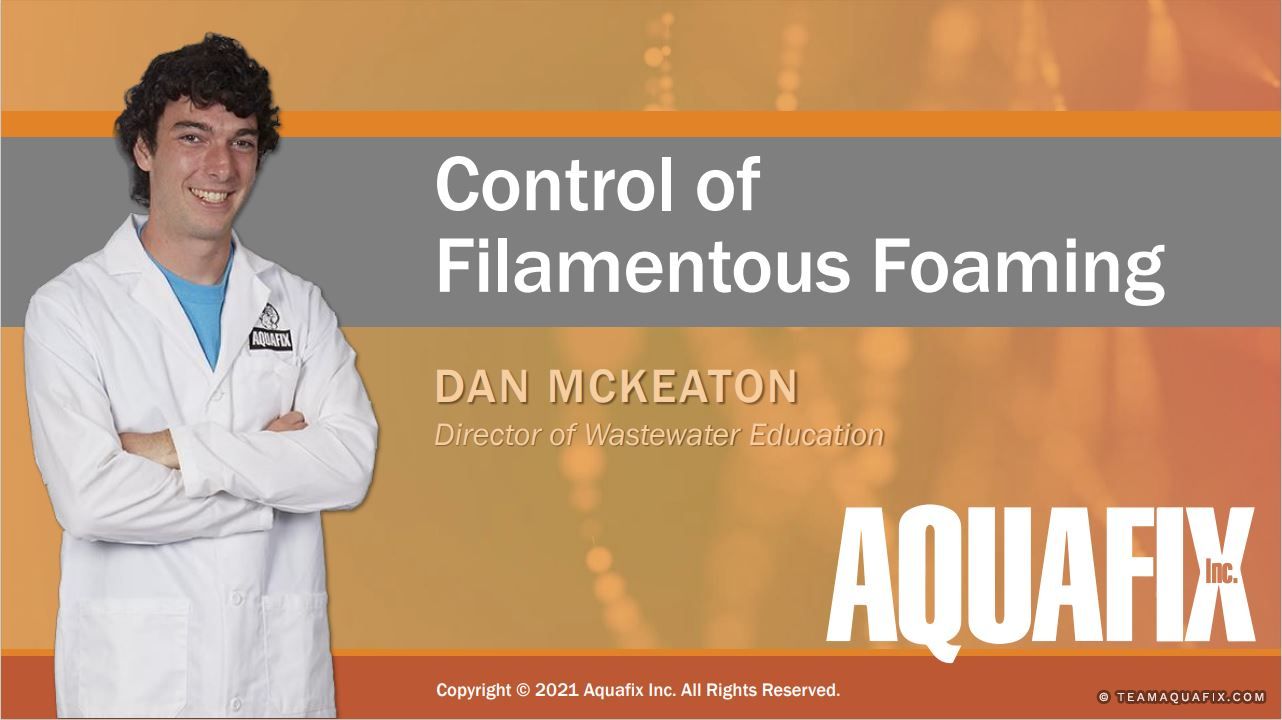
by Jalen Butteris | Nov 16, 2021 | Filaments, Foam, Past Webinars |
In this webinar, Aquafixt Director of Wastewater Education, Dan Mckeaton will cover how to overcome filaments by building good bacteria. For additional information or questions, please contact us at 888-757-9577 or training@teamaquafix.com. Timeline: 1:26 Overview...
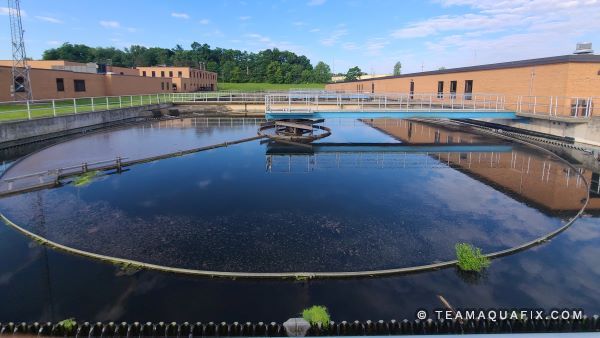
by Jalen Butteris | Aug 28, 2020 | Filaments, Solutions |
All biological wastewater processes have a need for balanced sources of BOD, nitrogen, and phosphate. In aerobic processes, the correct ratio of BOD:N:P is critical for strong floc formation and good settling. A ratio of 100:7:1 works well in most aerobic processes,...
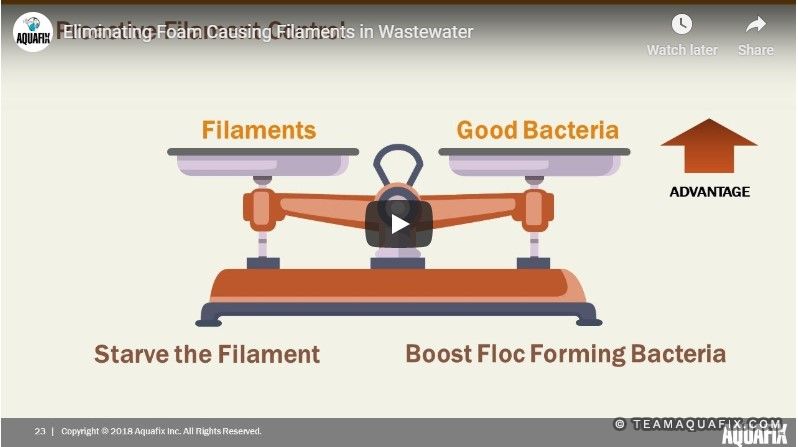
by Kevin Ripp | Dec 9, 2019 | Filaments, Foam, Past Webinars |
In this wastewater webinar, Aquafix Technical Service Manager, John Dinneen discusses foam causing filament control in wastewater: information on proactive and reactive control, along with major filament types, including Microthrix Parvicella and Nocardia. For...
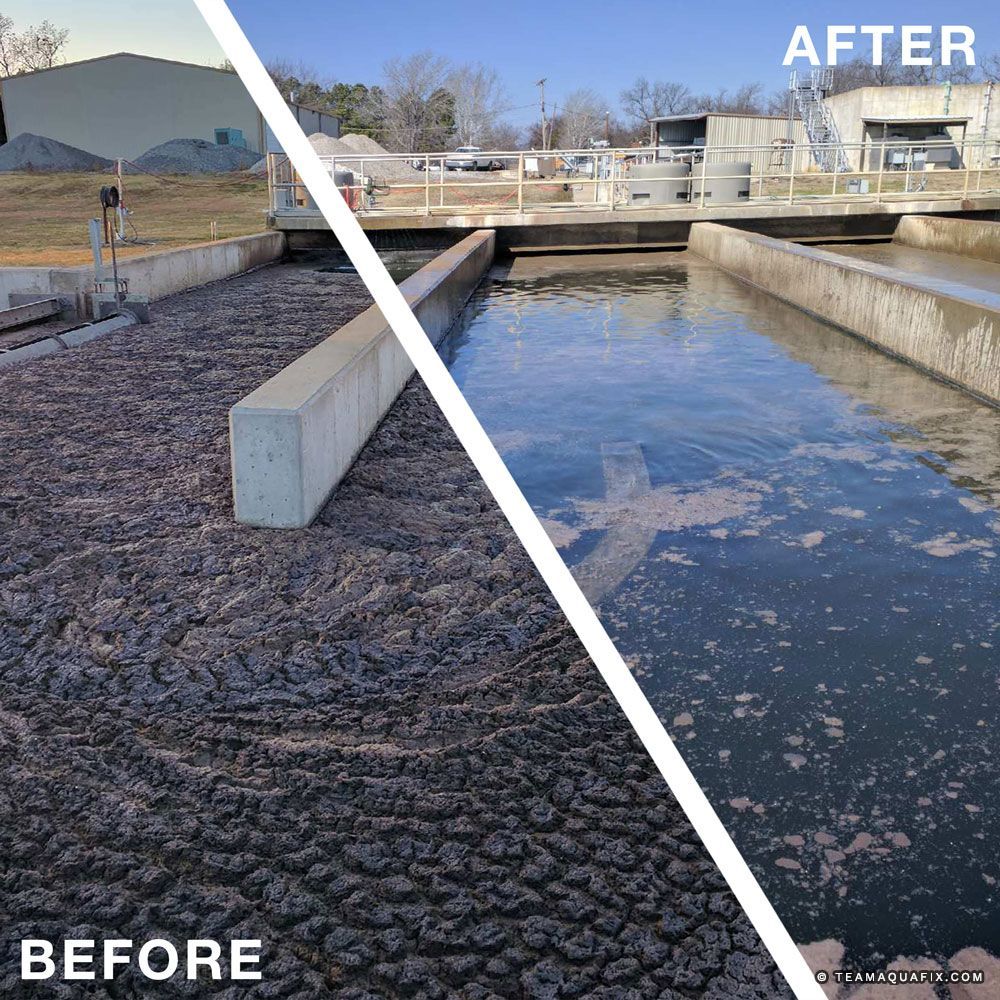
by Kevin Ripp | Aug 8, 2019 | Filaments, Foam, Unique Applications |
At Aquafix, our eagerness for fixing every problem in the wide world of wastewater means we encounter some of the strangest situations water can offer. In this new series, Unique Applications, we look at some of our most stand out issues and most inventive solutions....
![Unique Applications: Filaments Disrupt Methane Production]()
by Kevin Ripp | Nov 29, 2017 | Anaerobic, Filaments, Foam, Unique Applications, Wastewater |
At Aquafix, our eagerness for fixing every problem in the wide world of wastewater means we encounter some of the strangest situations water can offer. In this new series, Unique Applications, we look at some of our most stand out issues and most inventive solutions....
![Unique Applications: Filaments Disrupt Methane Production]()
by Technical Expert | Apr 9, 2015 | Espanol, Filaments |
Microthrix Parvicella es un filamento Gram positivo y Neisser negativo que muchas veces se forma de hilos largos y delgados, agrupados en enredos que parecen a pilas de espaguetis, y sin evidencia de ramificación o septos visibles en las células (1). Cuando se...
by Technical Expert | Apr 9, 2015 | Espanol, Filaments |
Sphaerotilus natans en el fango activado de plantas Sphaerotilus natans, comúnmente llamado S. natans, es una bacteria filamentosa que muchas veces se puede encontrar en las plantas de tratamiento de aguas servidas. A menudo es la causa principal de “bulking” y...
![Unique Applications: Filaments Disrupt Methane Production]()
by Technical Expert | Apr 6, 2015 | Filaments |
Sphaerotilus natans (S. natans) is a large gram negative filament that causes lots of bulking in wastewater if proper conditions exist. It is usually easy to identify because of its false branching, and large sausage-shaped cells. False branching is when two of the...
by Technical Expert | Jun 7, 2013 | Filaments, Foam, Surfactants, Wastewater |
Surfactants are some of the most difficult things to breakdown in wastewater, especially true in the winter months, and are possibly one of the most recurring issues for wastewater plants. Surfactants, or surface activating agents (a fancy name for soap), are...











